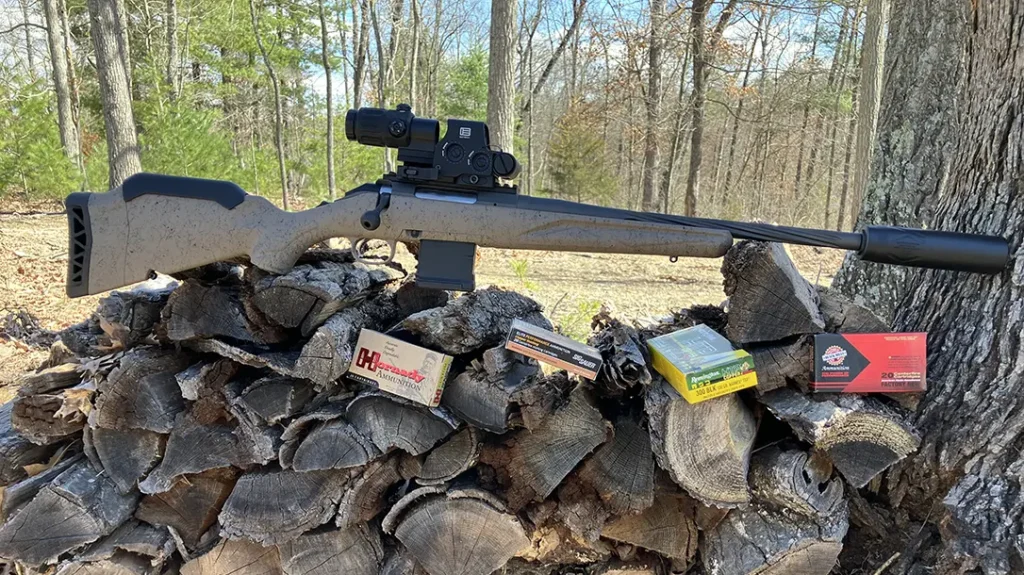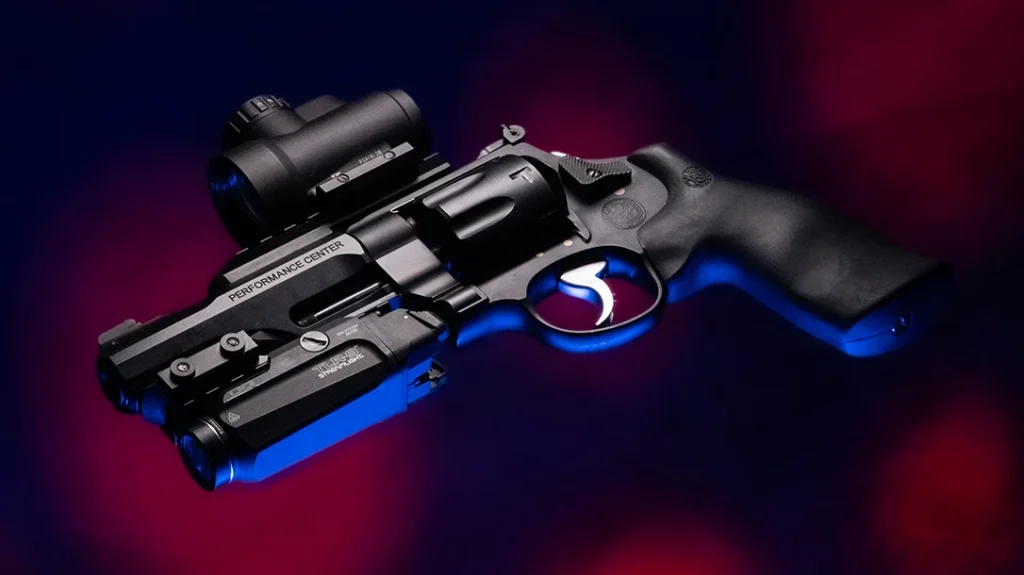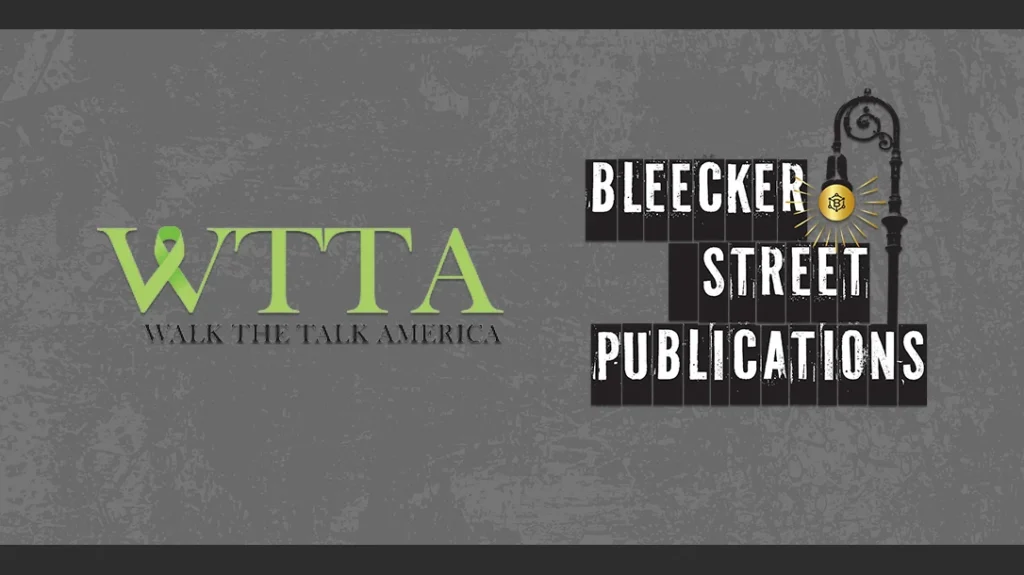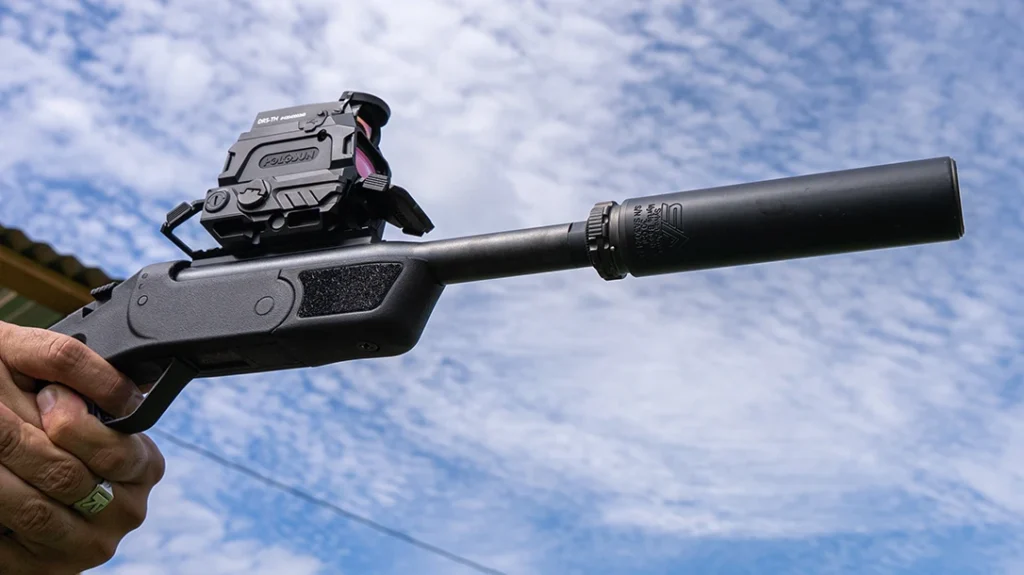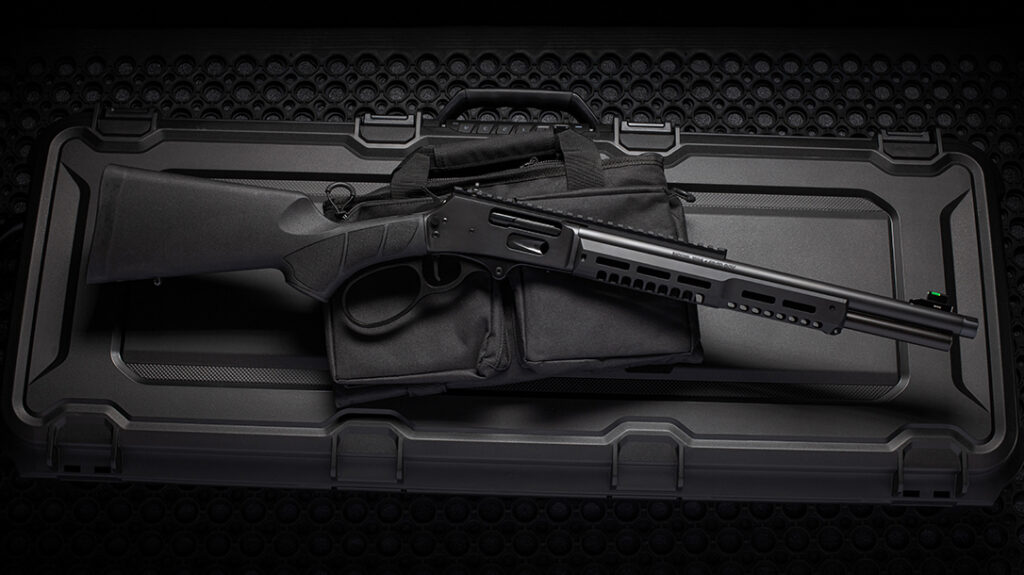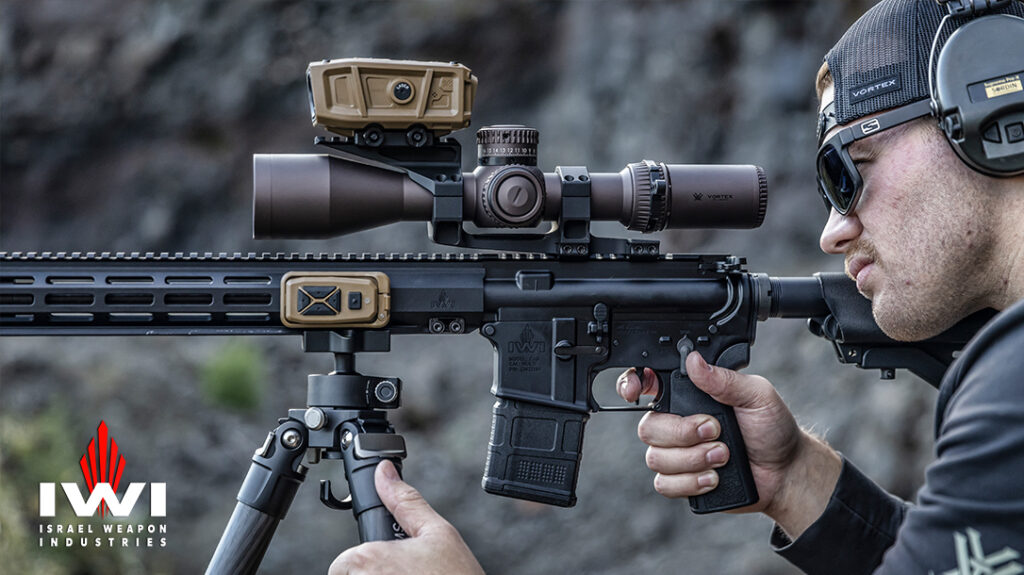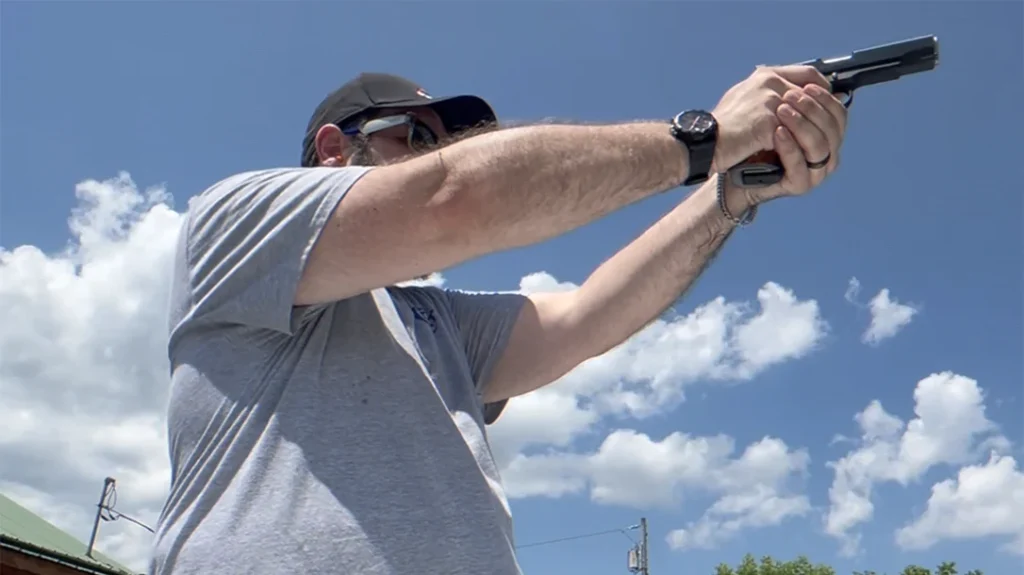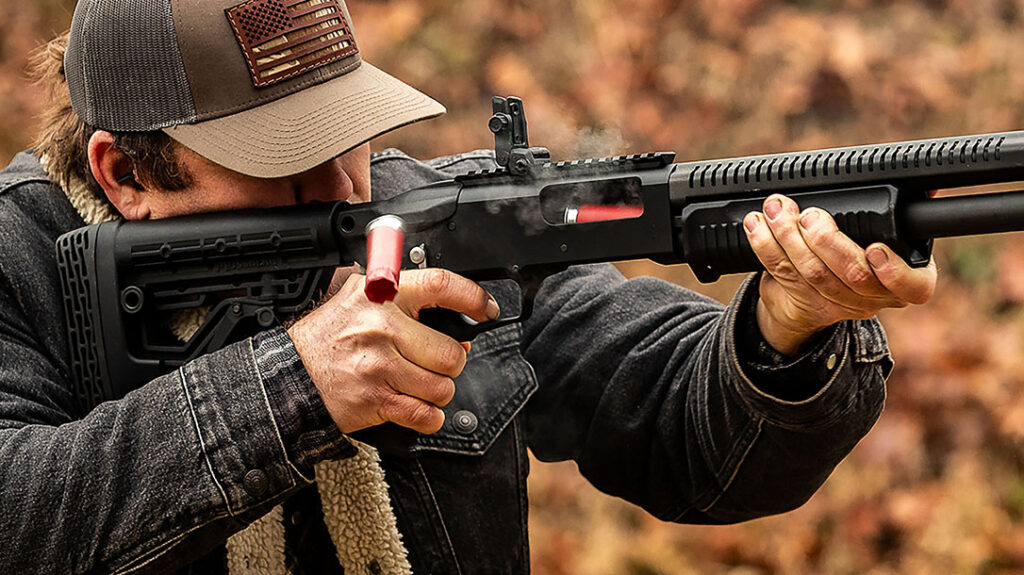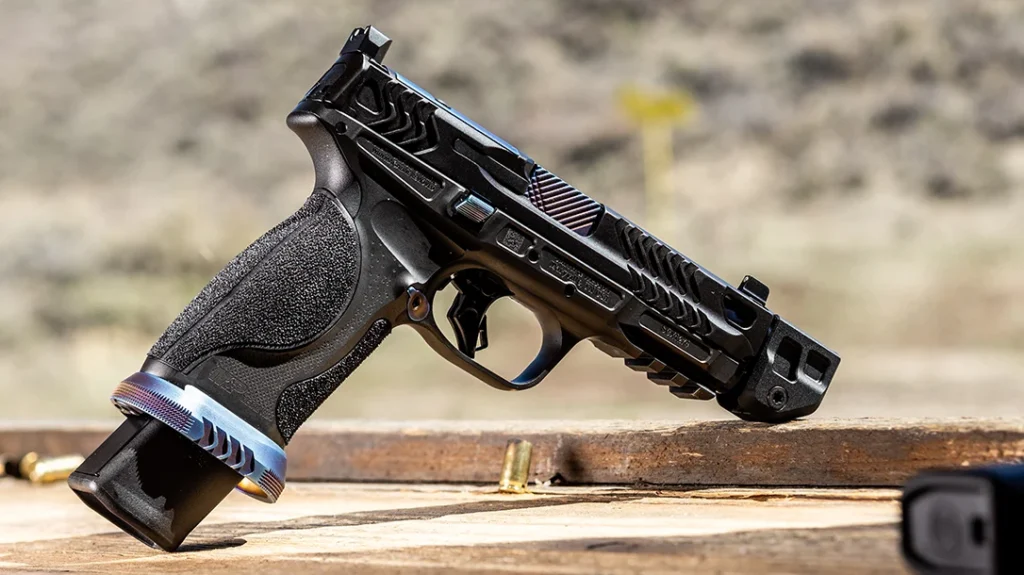When I first started shooting, revolvers just made sense.
They had this presence about them—this mechanical honesty. They weren’t trying to be clever or hyper-efficient; they were trying to work, and keep working, every time. For a long time, I’ve carried a deep respect for the revolver and its role in personal defense. It’s not the newest or flashiest tool in the drawer, but it is one of the most refined. Simplicity in function. Brutality in purpose. It’s a weapon built not for the square range, but for the fight.
Naturally, that led me to dig into everything I could—books, manuals, historical accounts, stories from the old guard. I studied the revolver’s role in law enforcement, in military history, and in modern civilian defense. And somewhere along the way, I found myself drawn to Thunder Ranch.
Advertisement — Continue Reading Below
Why the Thunder Ranch Defensive Revolver Class?
A conversation with Jack Daniel, their Director of Training, set the wheels in motion. We tossed around the idea of me attending their Defensive Revolver course—not as a fanboy, not as an observer—but as a student to document and report the class from an internal perspective. I figured I’d go out there, shoot a bunch, pick up some advanced revolver handling tips, and put together a solid write-up for all of you.
But by the morning of the second day, I realized that the story I came to tell wasn’t the one I needed to write.

Advertisement — Continue Reading Below
The Road to Lakeview
Thunder Ranch isn’t near anything. You fly into Reno, Nevada, rent a car, and drive three and a half hours north through open desert and pine-covered hills. You’ll cross into California, then Oregon, climbing elevation as you go. When you get there, Lakeview greets you like a secret—quiet, high, and unassuming.
The isolation isn’t accidental. It’s a filter. It strips away the casual. If you’re here, it’s because you’re committed. You chose to make the effort. You chose discomfort and logistics and long drives because something inside you said: this matters.

Advertisement — Continue Reading Below
That sets the tone for everything that follows.
The facility itself is deceptively simple. There’s nothing flashy about Thunder Ranch. It doesn’t look like a movie set. It doesn’t try to impress you with architecture or luxury. Instead, it speaks with presence—rural, quiet, serious. It lets the instructors, the ranges, and the mission do the talking.
Clint Smith: Fire, Intellect, and Deep Care
Day one starts at “The Bridge.” It’s more than a location—it’s a threshold. You cross it, and you’re in. You sign your waivers, collect your ammo, and introduce yourself to strangers who will, in 72 hours, feel like family. And then, Clint walks in.
Advertisement — Continue Reading Below
Clint Smith is the founder of Thunder Ranch and at 76 years old he’ll shoot out the X-ring with his Double-Action Model 19. He’s a former Marine with two Vietnam tours, a retired police officer, and a teacher who’s seen more gunfights, good guys, and grave mistakes than most people care to think about. He talks fast and doesn’t waste breath. As a result, he teaches 50 years of experience in 3 days.
That morning session? It was less “classroom” and more download from a living hard drive of combat-proven lessons. It’s not rehearsed or curated. It’s raw, relevant, and real. I watched new shooters scribble notes furiously and seasoned ones nod slowly.

Advertisement — Continue Reading Below
I realized then, Clint isn’t just teaching tactics. He’s teaching philosophy. He’s trying to give you every ounce of what he knows before the sun sets on your third day.
Later that afternoon, on the line, Clint stood next to me. I was trying to shoot, document, and take it all in at once. I was off-balance. He coached me without making me feel lesser. He cared. You don’t forget that.
Heidi Smith: Presence, Power, and Precision
Eventually Clint moved down the line to work with others and then find some shade with one of their five Jack Russel Terriers (The Jack Pack). Who took his place next to me? Heidi Smith.
Advertisement — Continue Reading Below
Let me paint the picture: everyone else on the line had double-action revolvers, most with swing-out cylinders. Heidi? She brought a brace of engraved Colt Single Action Army’s in .45 Colt, crossdraw rig and all (crossdraw stayed holstered).
And she ran them. Faster than most of the class was shooting with modern guns and speedloaders. She loaded one round at a time from her belt, never missing a beat, never slowing her cadence. I watched her fire, holster, load, and re-engage before most had even reloaded. And then—then she handed me her Colts.
These weren’t safe queens. These were personal tools. Floral engraving. Pocketed ivory grips. Her name on the backstrap. And she shared them without ego, just a warmth that defined who she is.
Advertisement — Continue Reading Below
She also grabbed my phone, took video, and helped document my time there. In a world where most instructors wouldn’t take the time to learn your name, Heidi was right there filming me with my own camera like we’d known each other for years.
She’s a gem—and a walking definition of what it means to lead with grace and mastery.
Thunder Ranch: Absorption Through Instruction
You don’t go to Thunder Ranch to get taught. You go to get absorbed.
Advertisement — Continue Reading Below
There’s a difference. Plenty of schools hand you information. Thunder Ranch adopts you. By Day Two, I didn’t feel like a visitor—I felt like part of something. Staff and students weren’t separated by status or ego. Colton Miller, our primary instructor, didn’t just run drills. He tailored instruction to the individual inside the group.
He told me, “I teach the person, and that person just happens to be in a class with 15 other people.”
It shows.

Kurt Solomon—our RSO and medic—is a rare kind of soul. He’s a competitive shooter, EMT, firefighter, and the kind of guy who could patch you up while making you laugh and coaching your reload at the same time.
He led an impromptu Stop the Bleed class, walked us through the basics of trauma care, and even gave a talk on fire safety. That might seem peripheral, but it’s exactly what makes Thunder Ranch different. They teach because they care—not because they’re selling a package.
And then there’s Jack. I owe Jack Daniel a great deal—he helped me get there. Although he had to leave for a funeral after Day One, his fingerprints were all over the course. The curriculum, the structure, the values—they’re his as much as anyone’s.
Revolvers: Still Here. Still Capable.
Yes—revolvers are still relevant.
They don’t jam, like autoloaders can, and don’t get knocked out of battery if you press them into a threat. They allow immediate, repeatable fire even with a compromised grip or environment. Reloads may be slower, but they’re also simpler. And with modern ammo, modern gear, and the right training, the revolver is still a capable, potent defensive tool.
My main gun was the Spohr Club 5.0, a German-made L-Frame-sized wheelgun with incredible build quality. Everyone—Clint, Heidi, and staff—inquired about it. And rightly so. It ran without issue for the entire class.

Speed Beez sent over a holster kit designed for a 686 Competitor that only needed minor tweaks to fit the Spohr. They also provided their signature speedloaders and pouches, which made reloads fast and consistent.
Badger Custom Grips sent over a pair of green/black laminate combat grips that were essential. The OEM Nill match grips are fantastic for target work, but less than ideal for fast reloads. Badger’s grips hit the sweet spot.
HSM Ammunition supplied 1,200 rounds of clean, accurate .38 Special jacketed soft point. Every round performed well. In a class this demanding, ammo quality matters. HSM delivered in spades.
My BUG was the Kimber K6XS—six shots of +P in an aluminum frame small enough for ankle carry. It ran like a dream, and I was still landing hits with it at 50 yards.

“Terminator 3” and the Reality of CQB
Day Three: We entered “Terminator 3”—Thunder Ranch’s infamous shoot house.
It’s not a gimmick. It’s a gauntlet. Odd doors. Asymmetrical rooms. Falling targets. Unforgiving layout. This is where your SOPs go to die. You learn real fast that home defense isn’t about bravado—it’s about brains, angles, and patience.

Kurt ran the CQB portion, two students at a time. I’ll be honest—it’s eye-opening. Clearing a room alone is terrifying. You don’t want to do it. But if you have to, at least you’ll have this reference point. That’s the value of the house. Not just practice, but memory.
Back on the range, we focused on unconventional carry. This included drawing from ankle rigs, pocket holsters, and working our BUGs like our lives depended on it. Because someday, they might.
A Bigger Story
Thunder Ranch doesn’t use timers. They use teaching. No obsession with speed. No ego-driven competition. Just clear, deliberate thought and structured pressure.
This isn’t a shooting school. It’s a fighting school.
The goal isn’t to make you faster—it’s to make you smarter. Better prepared. More capable of surviving violence and living afterward.
And throughout it all, the atmosphere was rich with camaraderie. At lunch on Day Two, we celebrated Clint and Colton’s birthdays. We laughed, listened, and learned from each other. Students became friends. Staff became family. This isn’t hyperbole. It’s just how they run the place.

The Path Forward
Since coming home, I’ve reflected on what I actually took from Thunder Ranch. Yes, my shooting got better. My reloading is faster. My grip is dialed. But what I really took back was this:
There are places in this world where your success is personal to the people who teach you. Thunder Ranch will always be one of them, long after those original voices have stepped off the line.
If you carry a gun for defense—take a class. Any class. Train regularly. Skills are perishable. But if you want to immerse yourself in a truly holistic defensive mindset, if you want the most supportive and serious training environment in the country, get yourself to Lakeview. Pack your gear, plan your route, and clear your head. And when you arrive—when you shake hands, load mags, and cross the bridge—tell them Mitch sent you.


